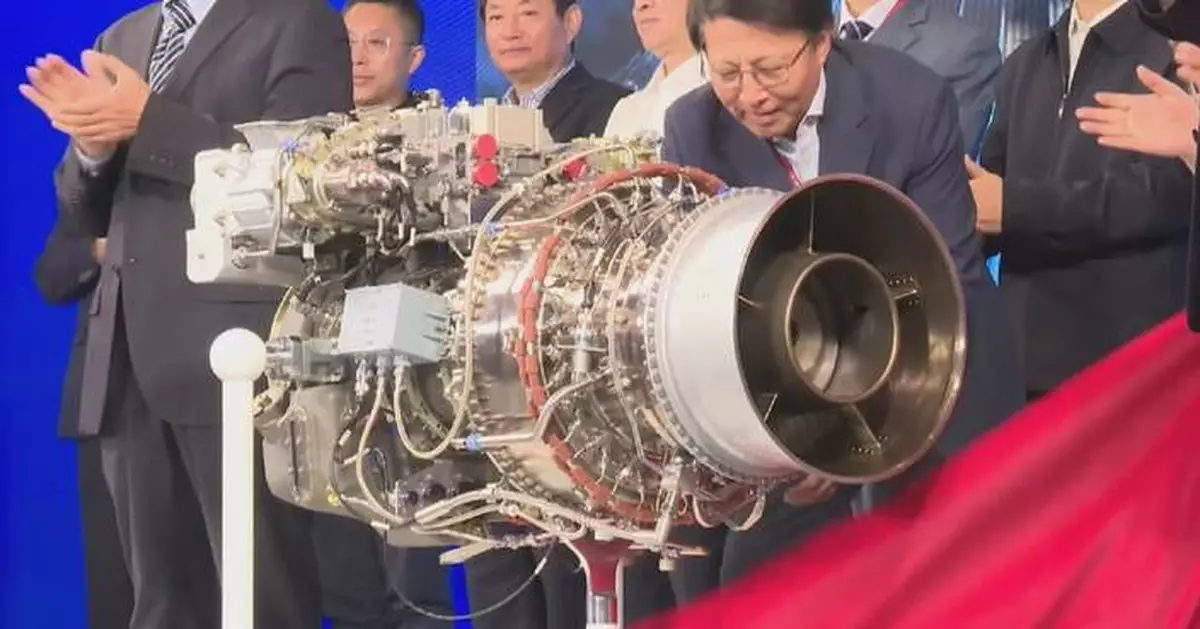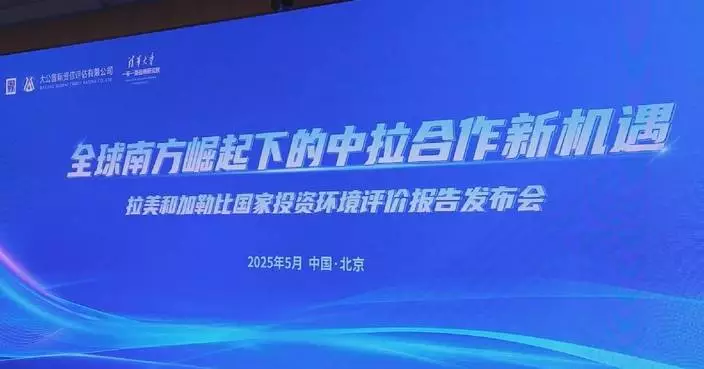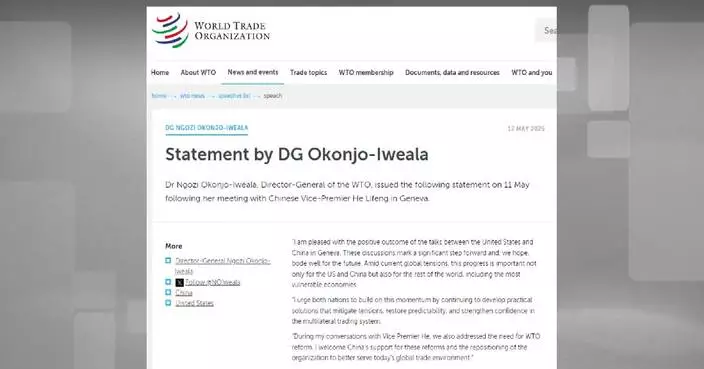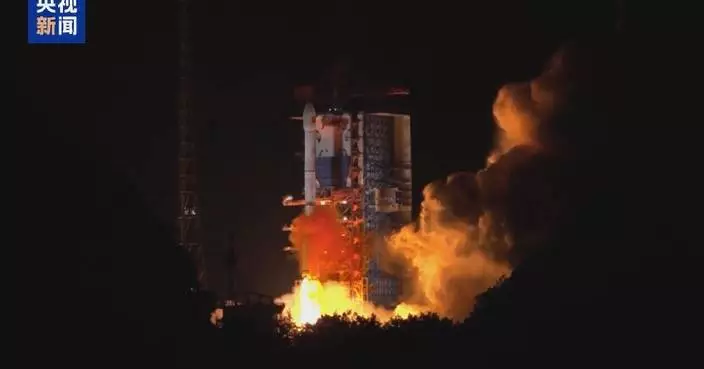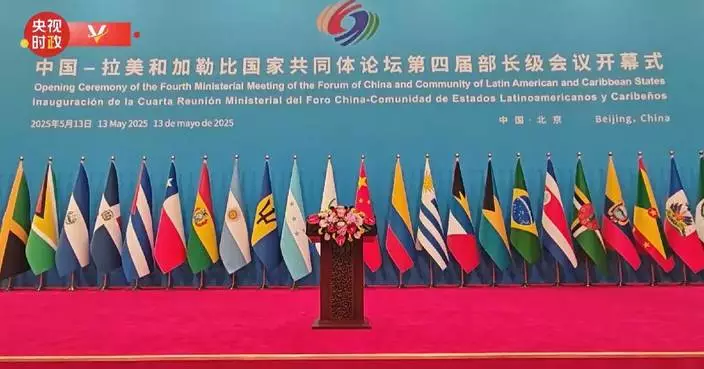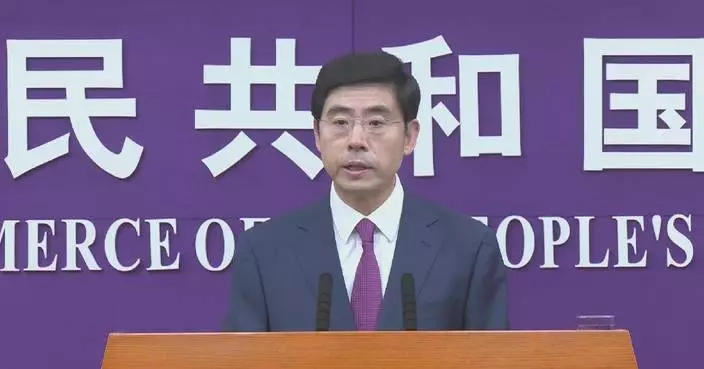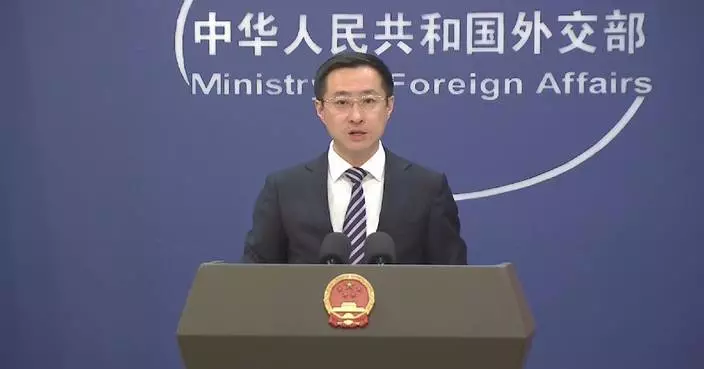The Aero Engine Corporation of China (AECC) officially launched China's first self-developed advanced civil turboshaft engine AES100 during the ongoing 15th China International Aviation and Aerospace Exhibition in the southern coastal city of Zhuhai on Wednesday.
The AES100 engine is mainly employed in civil helicopters and has gained its type certificate from the Civil Aviation Administration of China (CAAC).
The take-off power of the turboshaft engine AES100 turboshaft engine is no less than 1,000kW, and it can be equipped with a 5-6 tonne twin-engine helicopter or a 3-tonne single-engine helicopter, according to its developer AECC.
The AECC said the engine has the advantages of high efficiency, low fuel consumption, long lifespan, high reliability, and meets the needs of a wide range of fields.
Featuring advanced design, technologies, and a management system, the AES100 engine can operate safely and steadily under complex conditions including freezing weather, heavy rain, and a strong electromagnetic environment. Helicopters powered by this engine can perform a variety of tasks, including patrol, rescue, sightseeing, as the engine is highly adaptable and can be used in diverse scenarios, said Li Gaiqi, chief designer of AES100.
Moreover, the ASE100 engine can be upgraded into turboprop engine, turbofan engine, and ground-based lightweight gas turbine to power small and medium-sized turboprop aircraft, jet business aircraft, and ground-based mobile power stations.
In addition to AES100, a total of 10 general aviation power products were also showcased by AECC at the launching event during the 15th China International Aviation and Aerospace Exhibition.
The highly-anticipated biennial aerospace trade event, also known as Airshow China, will run through Sunday. It has attracted 1,022 companies from 47 countries and regions to showcase their star aviation and aerospace products, including a record number of products being debuted to the public at the event.
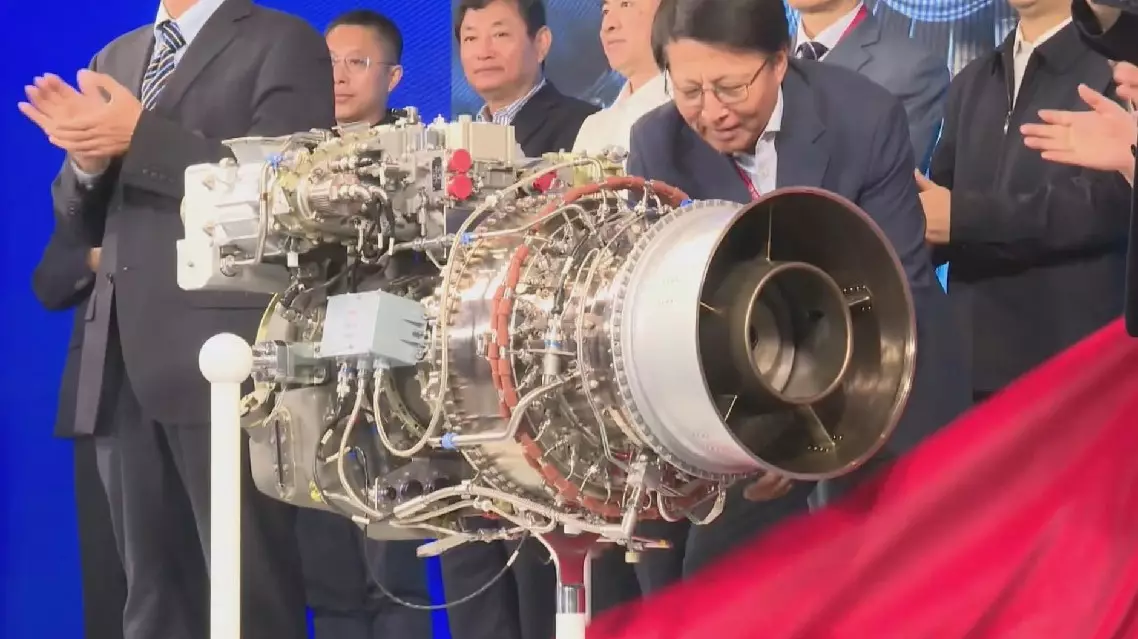
China's first homegrown advanced civil aircraft engine unveiled at Zhuhai Airshow
The Palestinian people in the war-torn Gaza Strip looks forward to an improved situation in the enclave particularly with the resumption of food supplies and medicines, after a deal was made between Hamas and the United States on hostage release.
The Al-Qassam Brigades, the armed wing of Hamas, said in a press statement that it released Israeli-American hostage Edan Alexander -- who has been captive in Gaza over the past 19 months -- from southern Gaza on Monday.
The deal came separate from the Israeli government, which was not involved in such a deal.
In a press statement, the Al-Qassam Brigades said the release of Alexander followed "contacts with the U.S. administration, as part of the efforts being made by mediators to achieve a ceasefire, open the crossings, and allow aid and relief to reach Gaza people in the Gaza Strip."
The people living in Gaza hold mixed views about the action.
"What's required from America is not just the release of the prisoner, Edan. What’s required is also an end to the war on Gaza, an end to support for Israel, and an end to the bombs. Every day, we die in Gaza from American bombs. We hope the support for Israel stops, and God willing, what's coming will be better than what we’ve lived through. May this war come to an end, for good," said Ibrahim Abu Ouda, a displaced person.
The agreement comes as Gaza faces dire shortages of food and medicine. Israel halted all aid deliveries on March 2 after a provisional ceasefire with Hamas expired, exacerbating conditions in the territory. Since resuming military operations on March 18, Israeli airstrikes have killed 2,749 Palestinians, and the total death toll is at least 52,862 people since October 2023, according to Gaza health authorities.
"I'm one of the people suffering here. Of course, I hope there's some glimmer of hope that this tragic situation we're living through will change. When I see my fellow people with food, water, and medicine, I feel happy. I rejoice in seeing them relieved. And we pray, God willing, that this is a good sign, and hopefully this time they'll be sincere and fix the situation," said Tulaat Hamdan, a displaced person.
"I'm pessimistic. There hasn't been a ceasefire in this two-year war that lasted more than a day. What is one day going to do for us, really? Then they're trading a prisoner just for food. No, I want to go home. I want to return to my land," said Izhaq Shabat, another displaced person.
Earlier on Monday, Israeli Prime Minister Benjamin Netanyahu's office said an Israeli delegation will travel to Qatar's Doha on Tuesday for talks on a new Gaza ceasefire and hostage release deal, although the talks will take place "only under fire."
Israel has already declared that it will continue its war until it achieves its objectives, on top of which is eliminating Hamas, which has recently negotiated with the American administration without Israeli involvement.
Alexander is a U.S.-born soldier serving in the Israeli army, who was abducted on Oct. 7, 2023, in a Hamas-led raid on southern Israel that resulted in the seizure of 251 people as hostages and the killing of about 1,200 others.

Gazans call for end of warfare following Israeli-American hostage release



